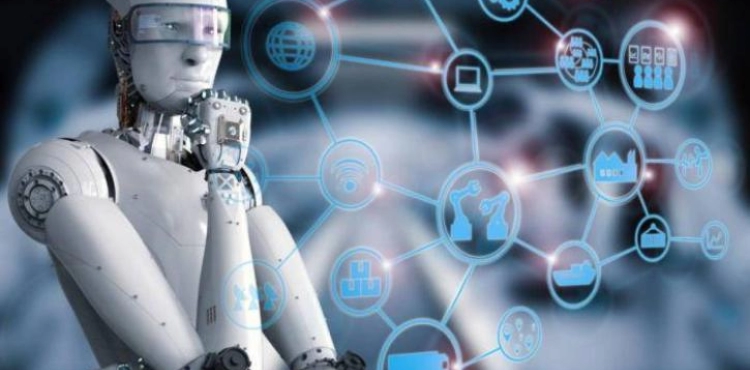There is no doubt that the occurrence of a fire, crime, or accident on the road is a random and unpredictable issue, but the thing that can be measured and even controlled is the speed at which the emergency service arrives at the site of the accident. Such as policemen to arrest the culprits, firefighters to put out a fire, or traffic policemen to lift the wrecked car from the side of the road.
A team of researchers from Binghamton University and New York University in the United States used deep learning techniques to analyze statistics on accidents and emergency events, in order to find the best ways to serve citizens by optimizing the potential of emergency services.
The study relied on databases that include accidents and emergency events that occurred in New York City over a period of ten years, and classified them according to their quality, taking into account the periods that the emergency services took to reach the site of the accident from the moment of reporting its occurrence.
Researcher Anand Sitharam, who is one of the participants in the experiment, says, "It is possible that more than one accident will occur simultaneously," adding that "confronting these incidents will take a long time due to the need to distribute emergency units, equipment and means to more than one place." And he added: "We We use the artificial intelligence system to predict what will happen in the future "in order to direct the available emergency capabilities in the best possible way.
The study team reported by the technology website "Viz.org", which specializes in technology, believes that it is possible to use the new system in major American cities such as Los Angeles and Chicago for example, and perhaps in common groups of small cities with similar characteristics, in order to analyze different emergency situations. Making predictions helps direct relief.
"We must know that every city has its own characteristics. Los Angeles, for example, has fewer accidents during the winter, because it does not snow on it, but it is exposed to other types of accidents," says Sitharam.
He pointed to the difficulty of predicting emergency events, such as the timing of a fire or the nature of this fire and the extent to which it will reach in the future, adding that non-emergency accidents are easy to predict and treat, explaining, "In the event of a breakdown of a traffic signal, for example, a specialized technician is sent, which is Take over the problem. "












